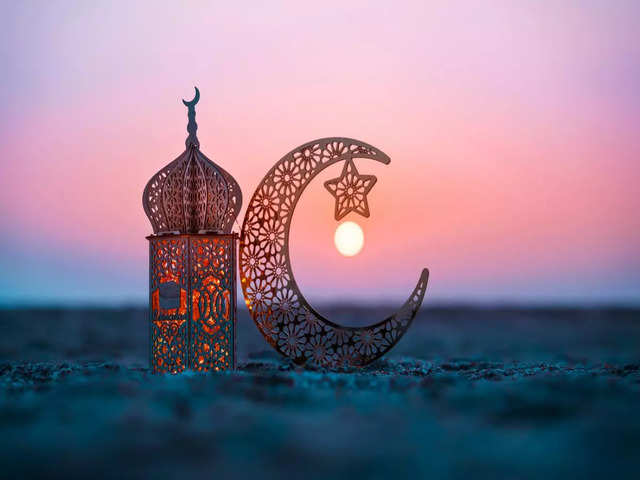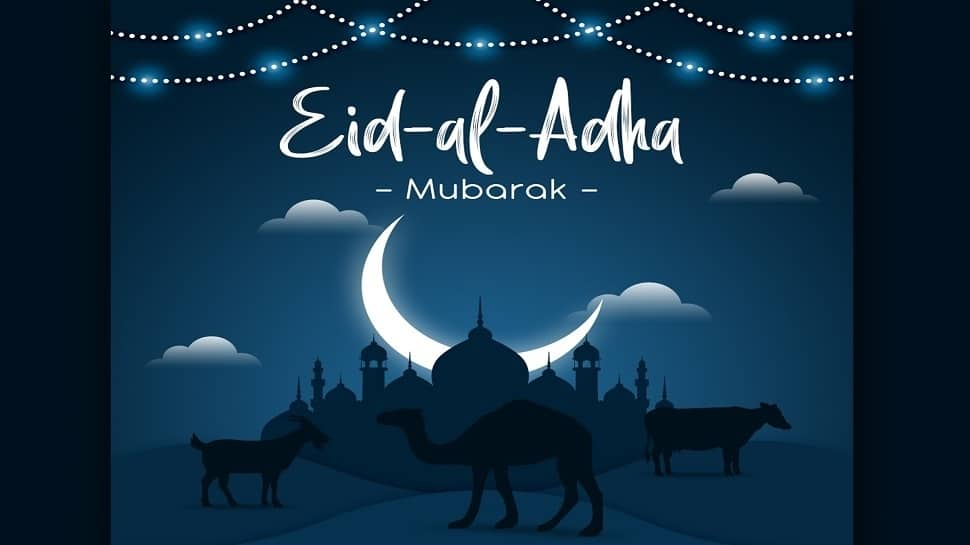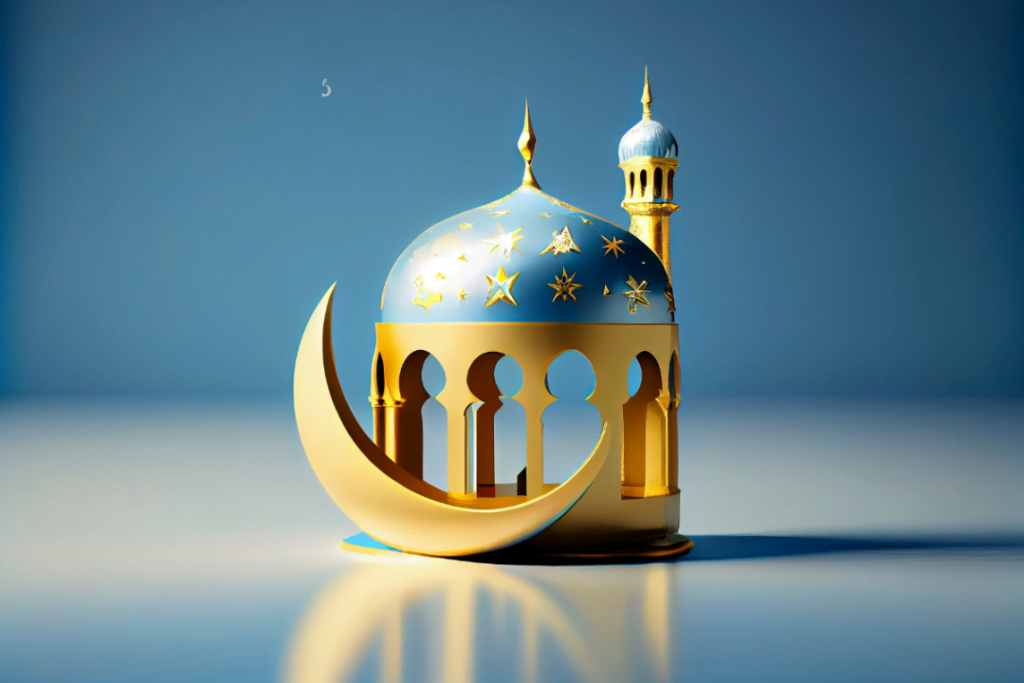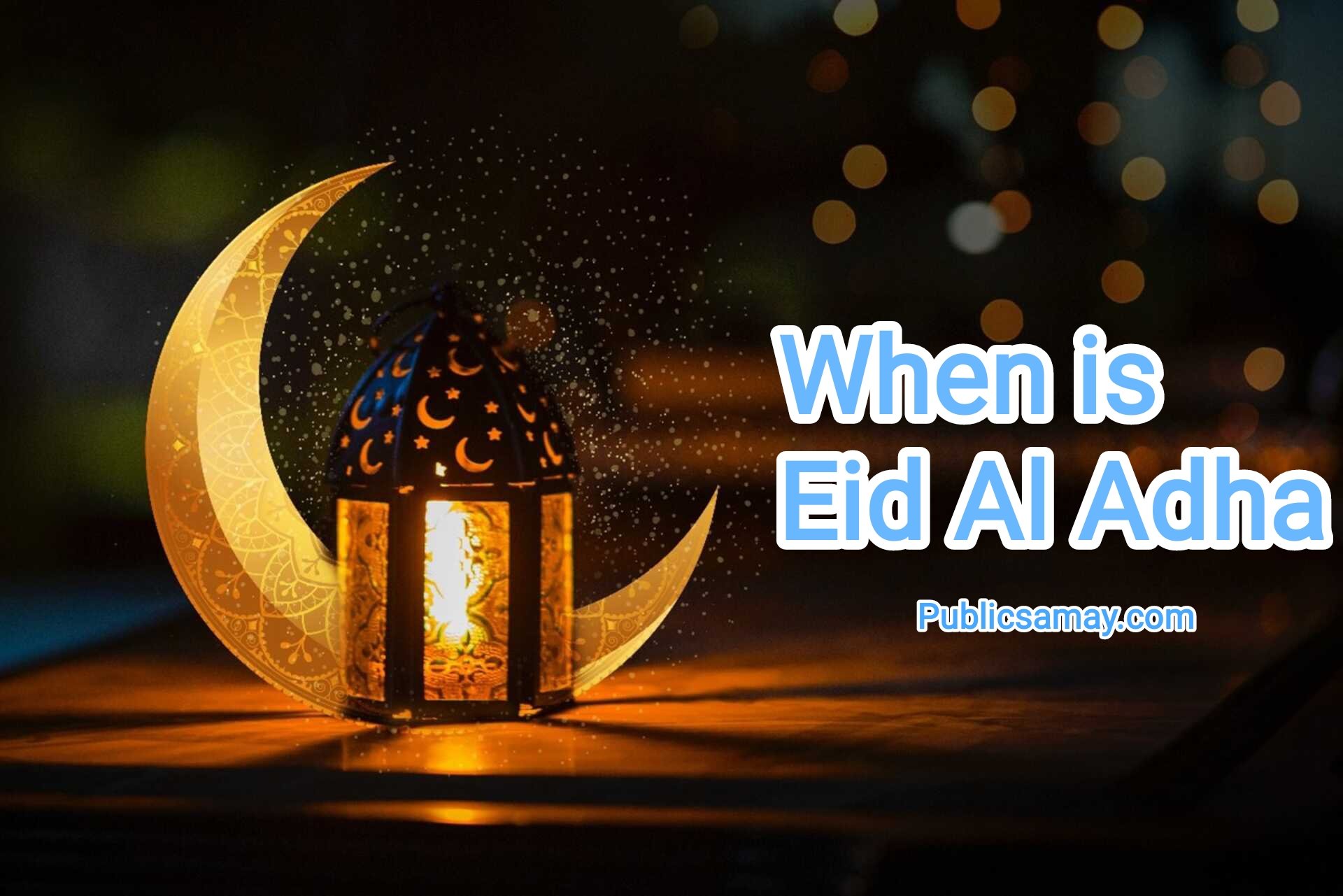Eid Al Adha is the second and the largest of the two holidays celebrated in Islam. It falls on Dhul Hijjah 10 to 12, which, according to astrological calculations, is likely to correspond to Monday, June 17 to Wednesday, June 19 as public holiday (but is dependent on the sighting of the moon). So, those who have a Saturday and Sunday weekend will have a five-day break with work resuming on Thursday, June 20.
Table of Contents
What is Eid Al Adha?
According to tradition, Eid Al Adha is held to honour Ibrahim’s willingness to sacrifice his son, after being instructed to do so by God. Prophet Ibrahim told his son of the dream, and the son then told his father to follow the order. But God intervened, sending a sheep to take his son’s place.
Although Eid Al Adha has no direct relation to the Hajj Pilgrimage, it is but a day after the completion of Hajj and therefore has significance in time.

The day of Eid Al Adha falls on the tenth day in the final (twelfth) month of the Islamic Lunar Calendar; Dhu-al-Hijjah. The day that celebrations fall on is dependent on a legitimate sighting of the moon, following the completion of the annual Holy Pilgrimage of Hajj – which is an obligation for all Muslim’s who fit specific criteria, one of the important Five Pillars of Islam.
The celebration of Eid Al Adha is to commemorate Prophet Ibrahim’s devotion to Allah SWT and his readiness to sacrifice his son, Ismail. At the very point of sacrifice, Allah SWT replaced Ismail with a ram, which was to be slaughtered in place of his son. This command from Allah SWT was a test of Prophet Ibrahim’s willingness and commitment to obey his Lord’s command, without question. Therefore, Eid-ul-Adha means the festival of sacrifice.
Depending on the country, the celebrations of Eid-ul-Adha can last anywhere between two and four days. The act of Qurbani (sacrifice) is carried out following the Eid Salaah (Eid Prayers), which are performed in congregation at the nearest Mosque on the morning of Eid.
The act of Qurbani consists of slaughtering an animal as a sacrifice to mark this occasion in remembrance of Prophet Ibrahim’s sacrifice for Allah SWT. This is also known as Udhiya. The days of animal sacrifice total three days, from the 10th to the 12th of Dhu-al-Hijjah.
The sacrificial animal must be a sheep, lamb, goat, cow, bull or a camel; the sheep, lamb or goat consist of one Qurbani share, whereas a bull, cow or camel consist of seven shares per animal. The animal must be in good health and over a certain age in order to be slaughtered, in a “halal” friendly, Islamic way.
The Qurbani meat can then divided into three equal portions per share; one-third is for you and your family, one-third is for friends, and the final third is to be donated to those in need.
The occasion of Eid Al Adha is usually marked with a few days off for both the public and private sectors, however, as with any Islamic holidays, decisions are based on the phases of the moon, so we won’t know the exact dates until the moon has been officially sited.
How many days will we have off?

If that is the case, UAE residents will enjoy a five-day public holiday from Monday, June 17 to Wednesday, June 19. Those that have a Saturday and Sunday weekend, will then return to work on Thursday, June 20. Remember though, the confirmation of dates all depend on the sighting of the moon.
With our next long weekend possibly being five days long, if you plan ahead of time, taking Thursday, June 20 and Friday, June 21 off as a holiday will give you a total of nine days of holiday.
Because the Islamic Calendar is based on lunar months — it means that for these dates to be confirmed in the Gregorian calendar (the traditional January to December version), there has to be a sighting of the moon in a very specific phase. We will have to wait for confirmation on these dates closer to the time from UAE officials.
Eid Al Adha traditions:

The traditions associated with Eid Al Adha emphasise the values of sacrifice, selflessness, gratitude and compassion for others. By participating in the rituals and embodying these values, Muslims not only strengthen their connection with Allah but also foster unity, generosity and empathy within their communities hence, Eid-ul-Adha is a time of celebration, reflection and a renewed commitment to living a life of faith and service to others.
Here are the traditions of Eid-ul-Adha that are universal for all Muslims worldwide –
- The central ritual of Eid Al Adha involves the sacrifice of an animal, typically a sheep, goat, cow or camel. This act symbolises Prophet Ibrahim’s willingness to sacrifice his beloved son and serves as a reminder of the importance of selflessness and obedience in the face of adversity.
- The meat from the sacrificed animal is divided into three parts: one for the family, one for relatives and friends and one for the less fortunate, ensuring that the act of sacrifice extends beyond the individual or family to benefit the wider community.
- On the day of Eid Al Adha, Muslims gather at mosques or open prayer grounds to perform a special congregational prayer known as the Eid prayer. The prayer is led by an imam and includes specific supplications, praising Allah for His blessings and acknowledging the significance of Prophet Ibrahim’s sacrifice. Imams often deliver sermons that highlight the lessons of sacrifice, emphasising the importance of obedience to God and compassion for others.
- Eid Al Adha is a time of joy and celebration, bringing families and communities together where people dress in their finest attire and exchange warm greetings of “Eid Mubarak” (Blessed Eid).
- Families engage in acts of charity, giving gifts and sharing meals as it is a time for forgiveness, reconciliation and strengthening bonds with loved ones.
- Many Muslims also visit the graves of their departed loved ones, offering prayers and seeking blessings for the deceased.

